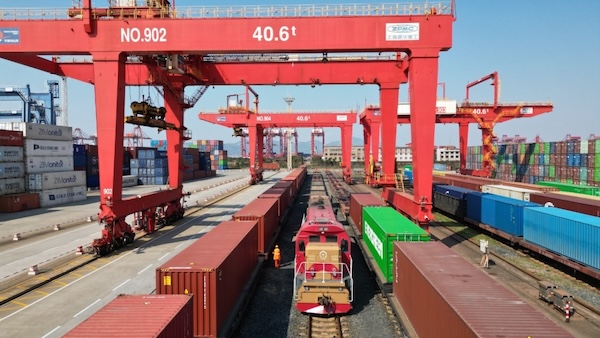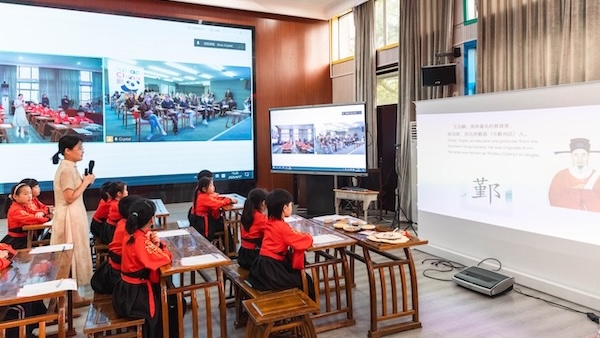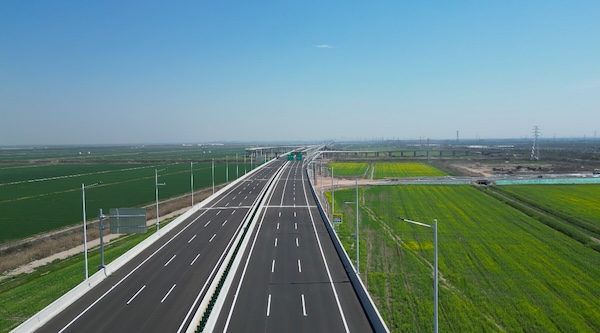Ningbo unveils action plan to achieve common prosperity
Ningbo in East China's Zhejiang province recently unveiled an action plan to be a pioneer in the provincial campaign to achieve common prosperity during the 14th Five-Year Plan (2021-25) period.
According to the action plan, the city will facilitate in-depth systematic reform in fields including social security, finance, land and transfer payment. It will also make sure labor remuneration grow synchronously with labor productivity.
Efforts will be made to increase the scale of middle-income groups in Ningbo.
The proportion of households with an annual disposable income of 100,000 ($15,384.6) to 500,000 yuan in the city will stand at 85 percent by 2025, while the percentage of households with an annual disposable income between 200,000 and 600,000 yuan will be at 48 percent.
The city also aims to increase its per capita GDP to the level of moderately developed economies.
According to the action plan, the city will strive to increase the per capita disposable income of local residents to 87,000 yuan, accounting for 45.8 percent of per capita GDP, while the per capita consumption expenditure shall be 48,000 yuan. In addition, it aims for trade in goods and services to exceed 2 trillion yuan.
By 2025, the development gap between its urban and rural areas will be further narrowed, with the ratio of per capita GDP and per capita disposable income between urban and rural residents decreasing to 2.32 and 1.36 respectively.
In addition, Ningbo will strive to enable more than 85 percent of townships in the city to have access to expressways within 15 minutes.
More support will be put in place to enhance urban and rural integrated development, as well as to bolster happiness among local residents.
The local government will safeguard the environment and improve public services in fields like medical care, education and culture.
It has set the goal of increasing the average life expectancy to 83.1 years and increasing the floorage of public cultural facilities per 10,000 people to 4,565 square meters.

 Ningbo seabird project seeks international volunteers
Ningbo seabird project seeks international volunteers  Jakub's journey: From shipyard to sea
Jakub's journey: From shipyard to sea  Badminton Asia COO applauds Ningbo
Badminton Asia COO applauds Ningbo 


